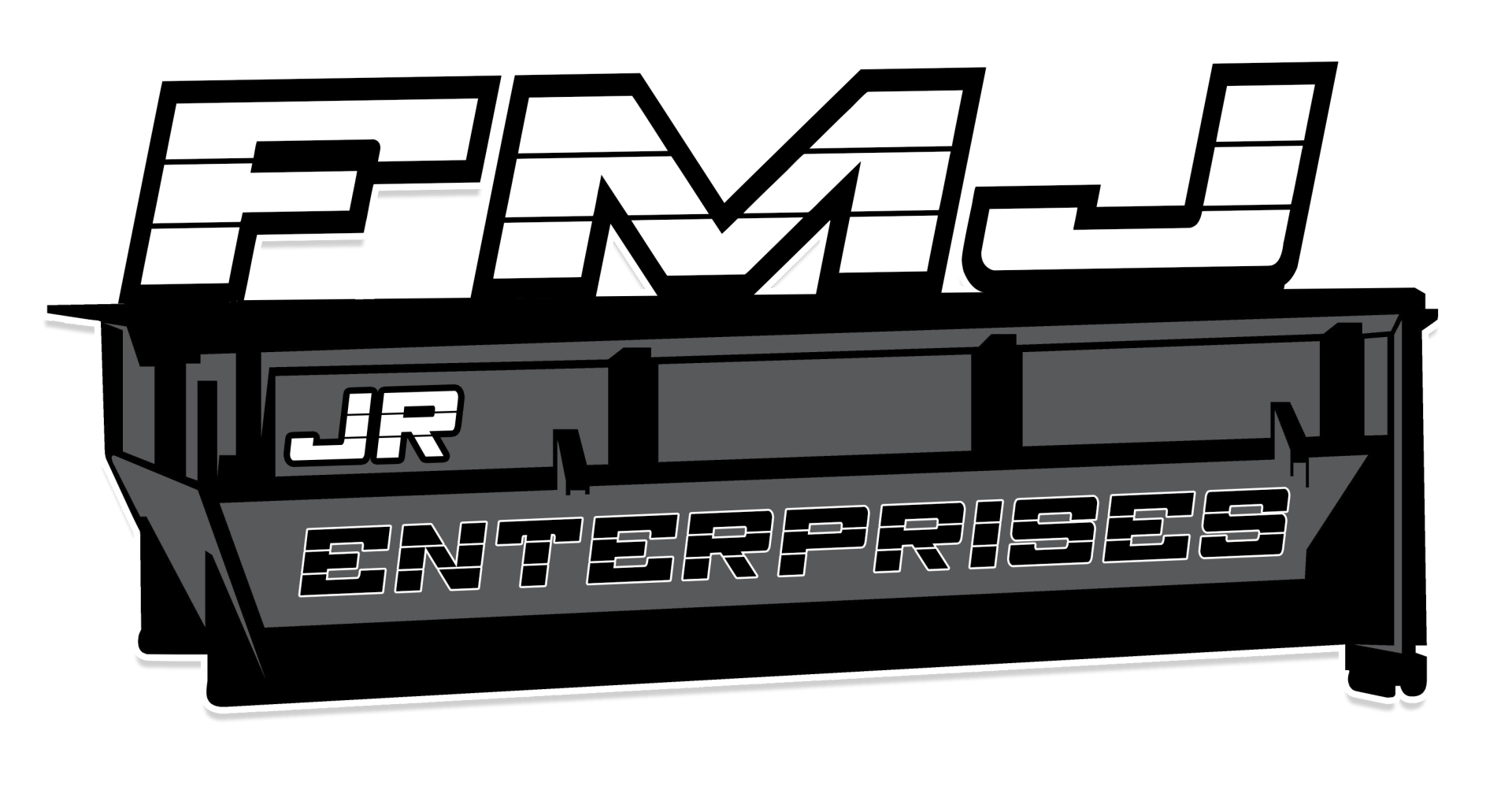
The Ultimate Guide to Construction Debris Removal
Dealing with construction debris can be a hassle for builders, remodelers, and homeowners alike. From dust and rubble to discarded materials, cleanup is no small task. Without proper handling, debris piles up, causing delays and hazards. In this guide, we’ll explore efficient methods, services, and eco-friendly options for construction debris removal.
What is Construction Debris Removal?
Construction debris removal is the process of clearing waste materials produced during construction, renovation, or demolition projects. These include:
- Wood, concrete, and metal scraps: Leftovers from framing, flooring, and structural work.
- Packaging materials: Cardboard, plastic wraps, and pallets.
- Hazardous materials: Paints, adhesives, or asbestos-containing products.
Proper disposal prevents accidents, maintains site cleanliness, and meets environmental regulations.
Why Does It Matter?
Efficient debris removal isn’t just about aesthetics; it has practical and legal implications:
- Safety First: Piled debris can cause accidents and injuries.
- Improved Workflow: Clear spaces enhance productivity.
- Compliance: Many areas have strict regulations regarding waste disposal.
- Environmental Protection: Proper sorting and recycling reduce landfill waste.
How to Remove Construction Debris
Here’s a step-by-step approach to ensure debris removal is handled smoothly:
- Plan Ahead
- Identify types of debris expected.
- Allocate a budget for disposal services or equipment.
- Sort the Waste
- Separate recyclable materials like metal and wood.
- Isolate hazardous materials and comply with local disposal guidelines.
- Choose Disposal Methods
- Hire a junk removal service: Ideal for large-scale projects.
- Rent a dumpster: Offers convenience for ongoing projects.
- DIY trips to the landfill: Cost-effective for small amounts of waste.
- Recycle and Donate
- Send scrap metals to recycling centers.
- Donate unused materials to local charities or resell them.
- Clean the Site
- Use tools like shovels, wheelbarrows, and industrial vacuums.
- Conduct a final sweep to ensure nothing is left behind.
Services to Consider
Professional
junk removal services streamline the cleanup process. Here’s what to look for:
| Service Type | Features | Ideal For |
|---|---|---|
| Full-Service Cleanup | Staff loads and hauls debris away | Large-scale projects |
| Dumpster Rentals | Flexible size options, self-service | Ongoing or DIY renovations |
| Specialty Recycling | Handles e-waste, metals, or hazardous items | Eco-conscious contractors |
Eco-Friendly Debris Disposal
Going green isn’t just a trend; it’s a responsibility. Here’s how you can minimize the environmental impact of construction waste:
- Reuse Materials: Salvage wood, bricks, and fixtures for other projects.
- Choose Green Junk Removal Services: Look for companies specializing in eco-friendly practices.
- Compost Organic Waste: If landscaping materials are part of the debris, compost them.
FAQs About Construction Debris Removal
Q: How much does debris removal cost?
A: Costs vary based on volume, location, and service type. Expect anywhere from $200 to $1,000 for professional services.
Q: Can I recycle construction debris?
A: Yes, materials like metal, wood, and cardboard are recyclable. Check local facilities for guidelines.
Q: What should I do with hazardous materials?
A: Contact specialized disposal facilities to handle items like paints or asbestos safely.
